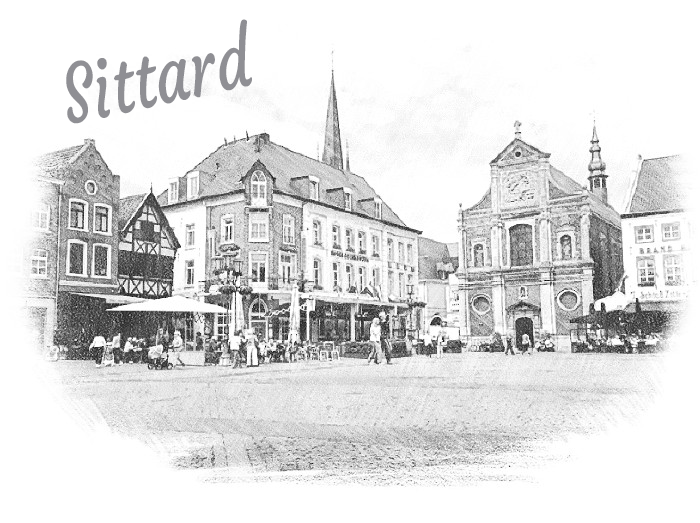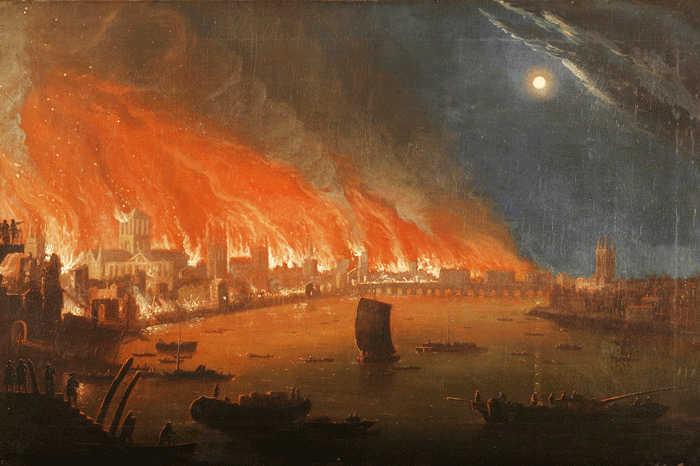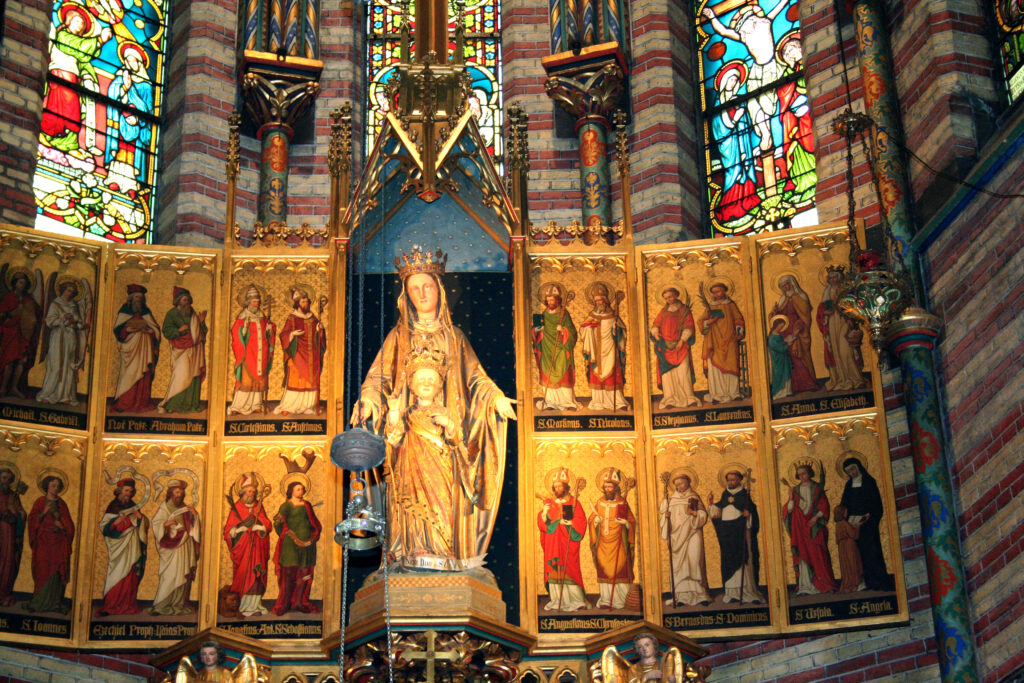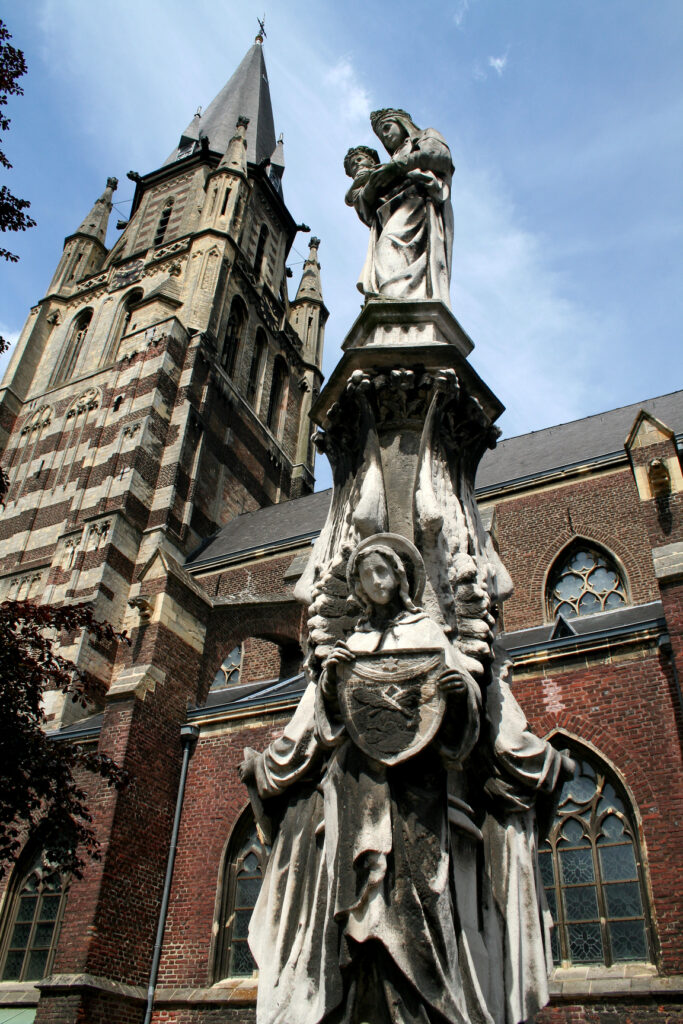
Traditional Dutch flavors merge with international influences
Sittard stands as a captivating testament to the seamless integration of history and modern living. With roots tracing back to Roman times, this picturesque city exudes an old-world charm while embracing contemporary progress.
The cobbled streets of Sittard wind through centuries-old buildings, offering a glimpse into its rich past. The historic Market Square, adorned with the stunning 13th-century St. Peter’s Church, serves as a centerpiece where locals and visitors converge. The city’s numerous festivals and events celebrate its heritage, keeping traditions alive through music, art, and cultural displays.
Beyond its historical appeal, Sittard thrives as a modern hub. The Maasmechelen Village nearby caters to shopping enthusiasts with upscale boutiques and designer stores. The city’s commitment to sustainability is evident in its eco-friendly infrastructure and green spaces that invite residents to embrace nature.
Sittard’s harmonious blend of the past and the present extends to its culinary scene. Traditional Dutch flavors merge with international influences, offering an array of dining options. Quaint cafes coexist with gourmet restaurants, ensuring a delightful culinary journey.
As day turns to night, Sittard transforms into a lively destination with bustling bars and entertainment venues. The city’s warm and welcoming atmosphere fosters a sense of community among residents and visitors alike.
In essence, Sittard exemplifies how a city can gracefully evolve through time. It invites all to relish its historical tapestry while embracing the conveniences of contemporary life—a true gem where the past and present converge.

Saint-Michiels church
Oktoberfest
Oktoberfest is an annual folk festival in Munich. It ranks as the largest beer festival/folk festival in the world and is attended by more than five million people annually.
The party traditionally starts at 12:00 on the first Saturday after September 15 and normally ends on the first Sunday of October. If the first Sunday of October falls before the Day of German Unity (3 October), the festival will be extended until 3 October. Thus, Oktoberfest lasts 16 to 18 days.
The first Oktoberfest was held in 1810 in honor of the wedding of Princess Theresa of Saxe-Hildburghausen and Crown Prince Louis of Bavaria. In 2010, a day was added in honor of the 200th anniversary of the event and Oktoberfest lasted until Monday, October 4, 2010. In 2020 and 2021, there was no Oktoberfest due to the coronavirus pandemic that broke out in 2020.
Franco-Dutch War

Especially in antiquity and the Middle Ages, city fires were feared. Most of the houses were made of wood and covered with straw or shingles. The roof of the roof usually reached far beyond the façade walls, so that in the event of a fire, burning pieces of wood fell on the street, which could affect passers-by and fire extinguishers. Strong winds could amplify the consequences and only parts of the city that were upwind of the fire were spared. Once it broke out, it became more difficult to put out a fire. In combination with the narrow streets, this increased the chance of a firestorm, which could burn down large parts of a city. Once a firestorm broke out, they were completely powerless. Bricks were precious, only buildings such as churches were therefore built of stone.
In 1677, during the Franco-Dutch War, Sittard was almost completely destroyed by army units of the French king Louis XIV, the war with the Dutch Republic of the Seven United Netherlands within three and a half weeks.
After the city could not pay for a demanded estimate, it had Sittard set on fire twice. On the second occasion, almost the entire city was destroyed. The town hall, the reformed church with ban mill and the Latin school in the cemetery were gone, as were most of the houses. Only 68 houses were spared as well as two monasteries. The Grote Kerk and the Saint-Michiels church also survived the fire, but not without damage. This ended Sittard’s existence as a fortified city. After this, the ramparts only served as a walking path.


The blazoning of the second coat of arms reads as follows:
In gold a curly cross of sabre; in a shield foot of throat three twill of gold. The shield covered with a golden crown of five leaves.
The coat of arms is made of gold with a black cross on it, the ends of the arms curling together. The base of the shield is red in color with three golden twills on it. On the shield a marquis crown.
The St. Peter’s Chair of Antioch Church, also called Grote- or Sint Petruskerk, is a church in the center of Sittard.
The former collegiate church has served as a parish church since the early 19th century and is named after the seat of the Holy Apostle Peter as the first Patriarch of Antioch.













